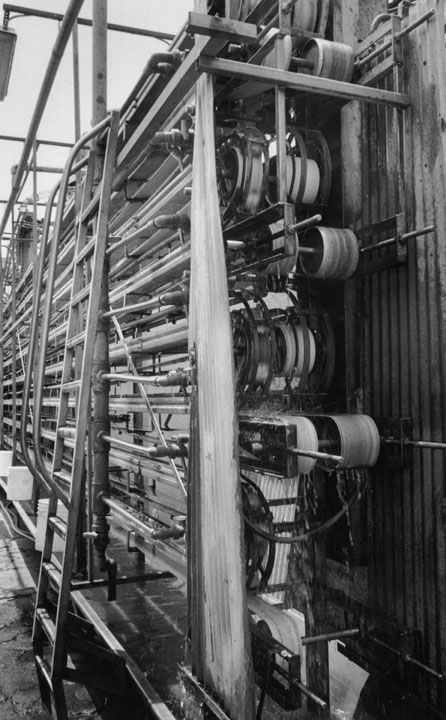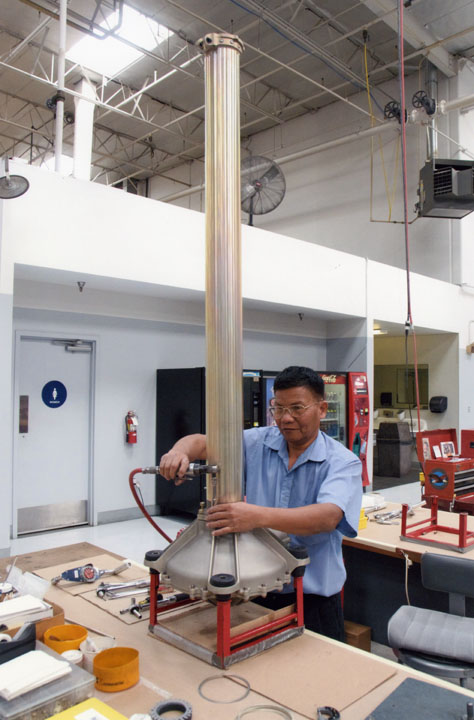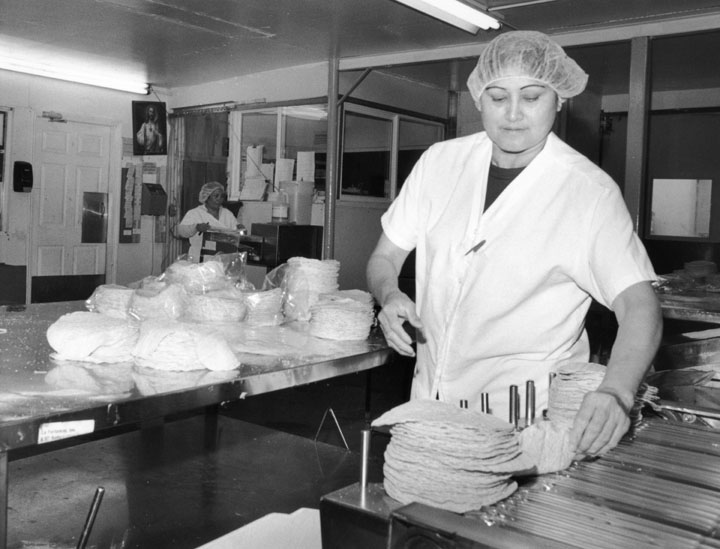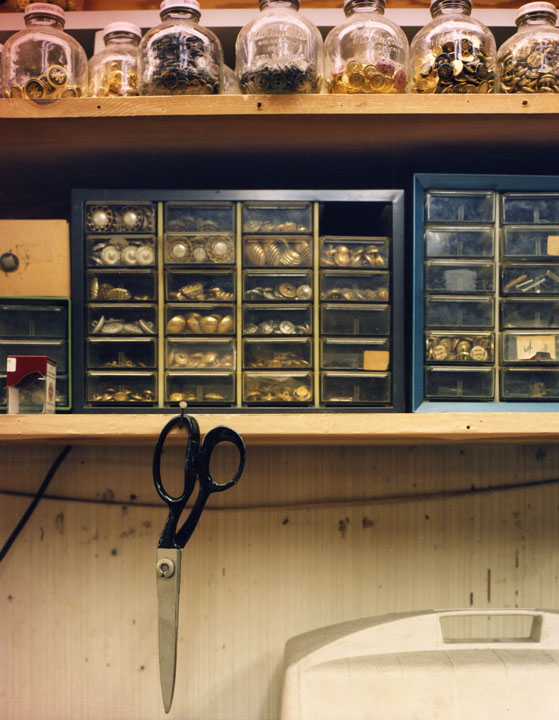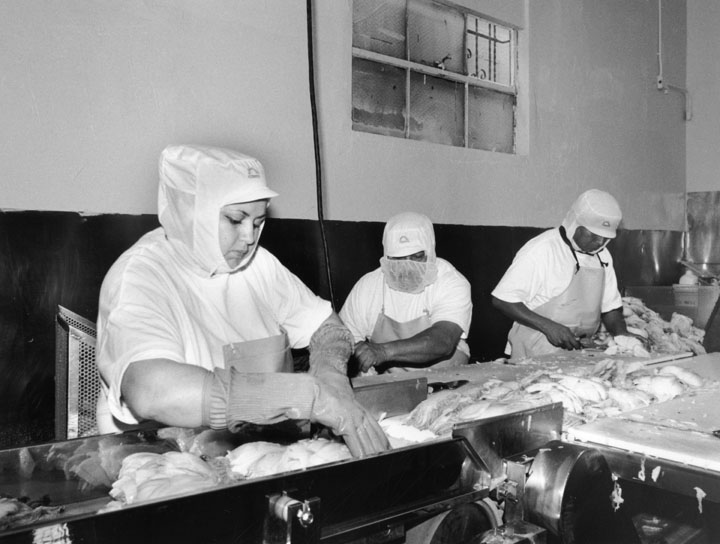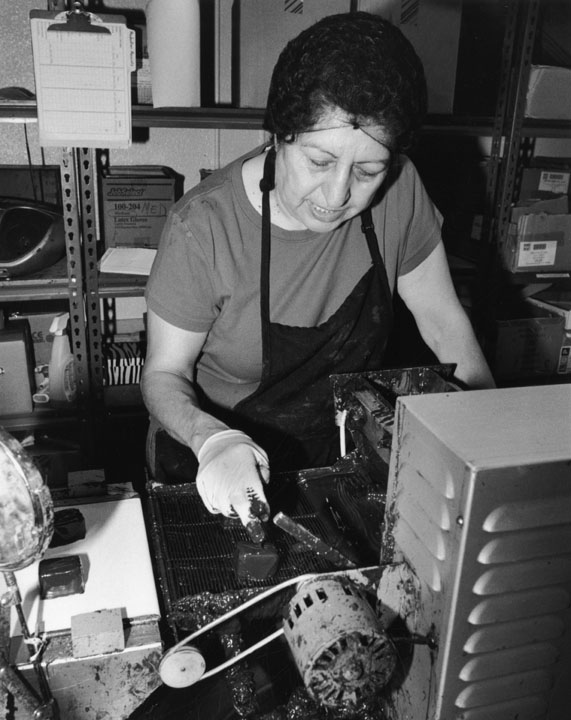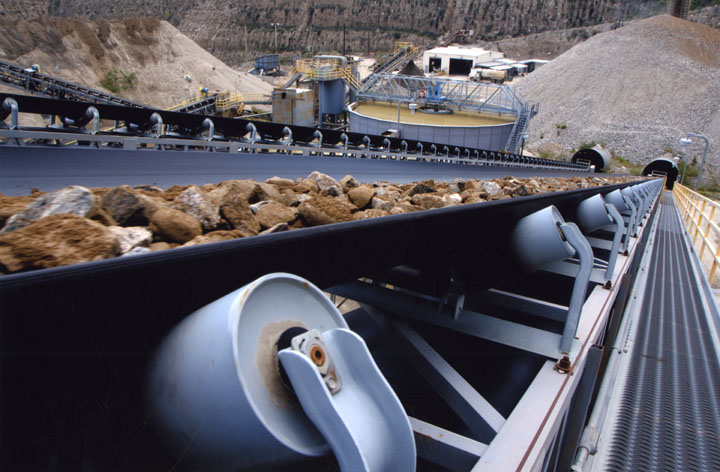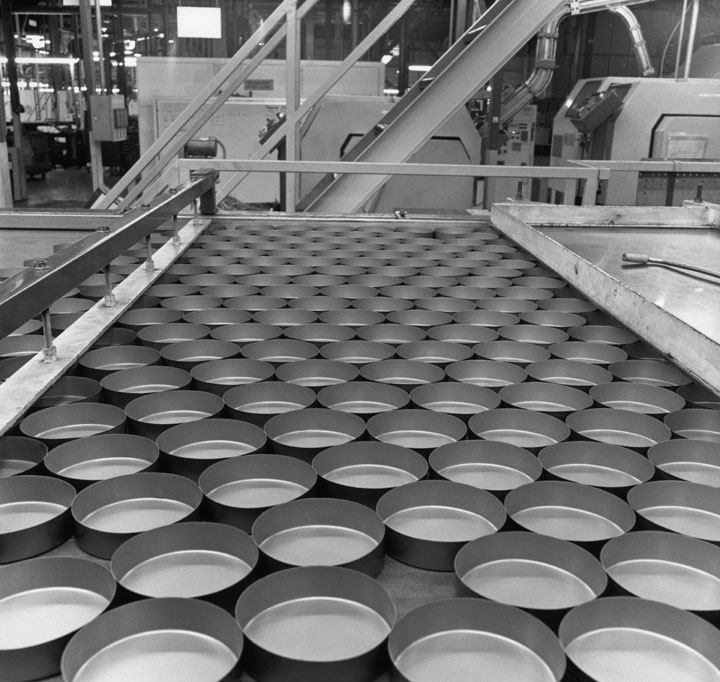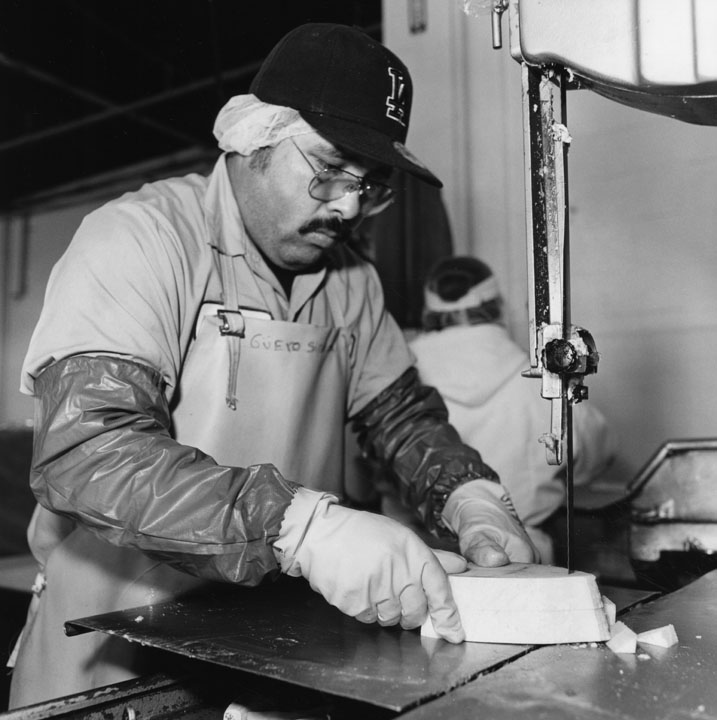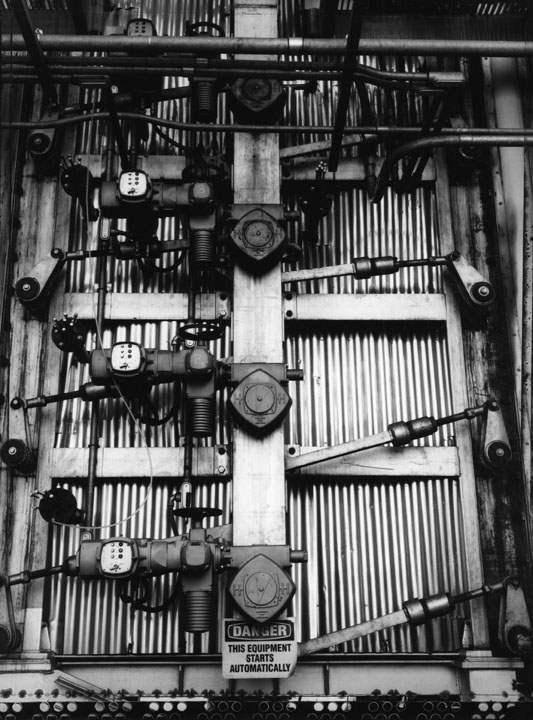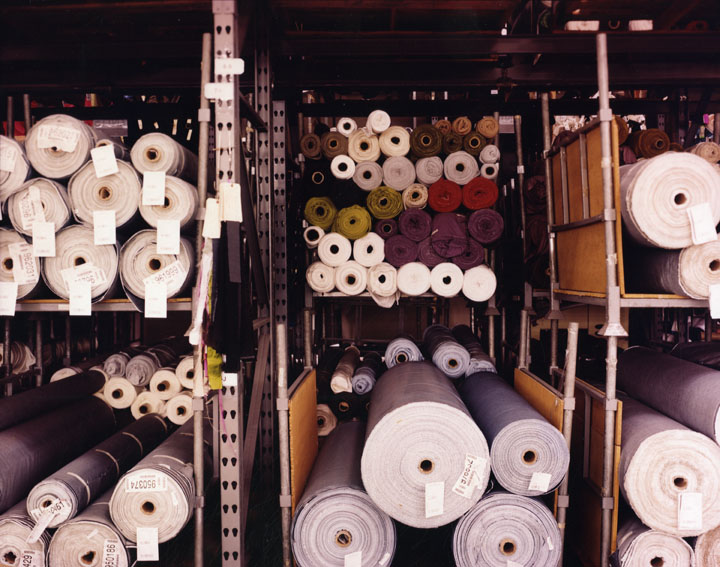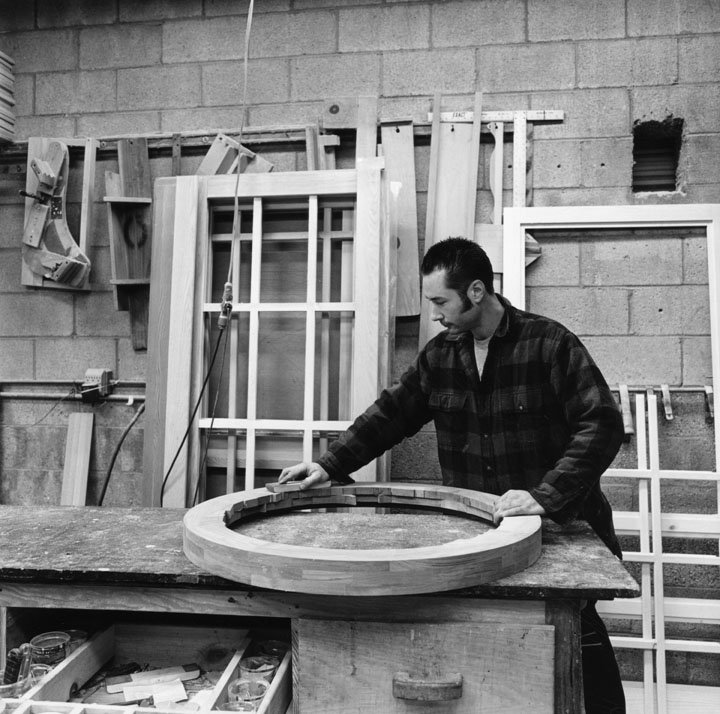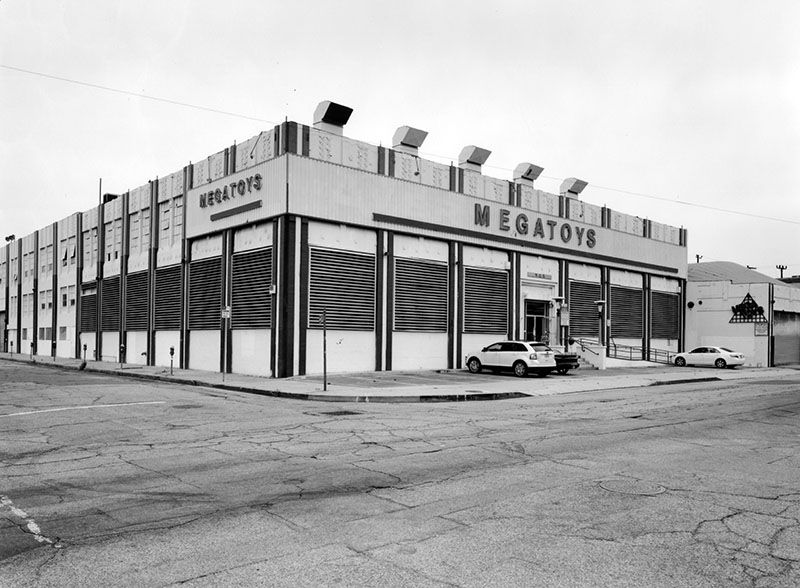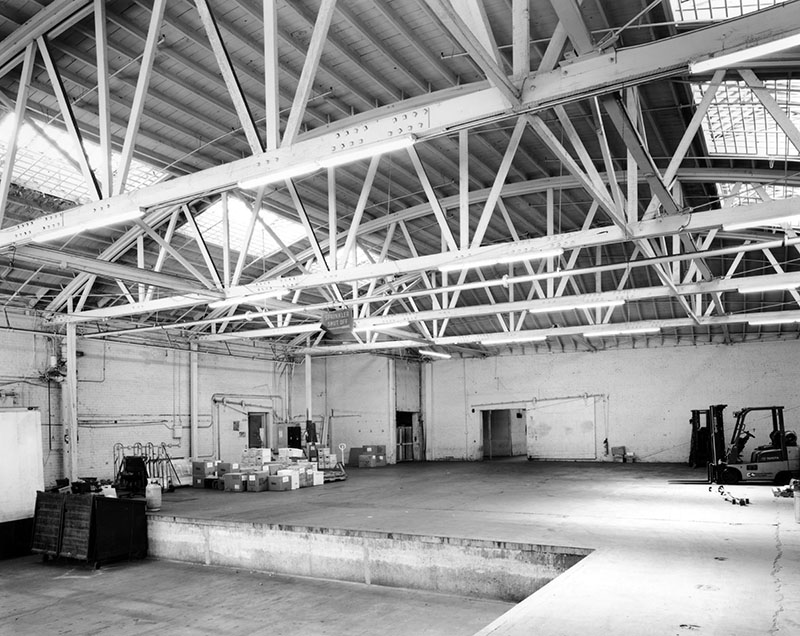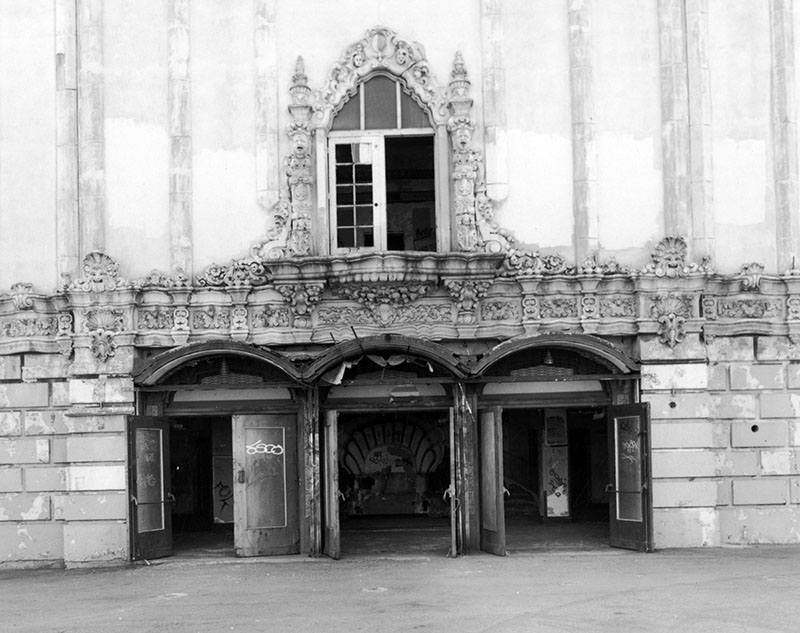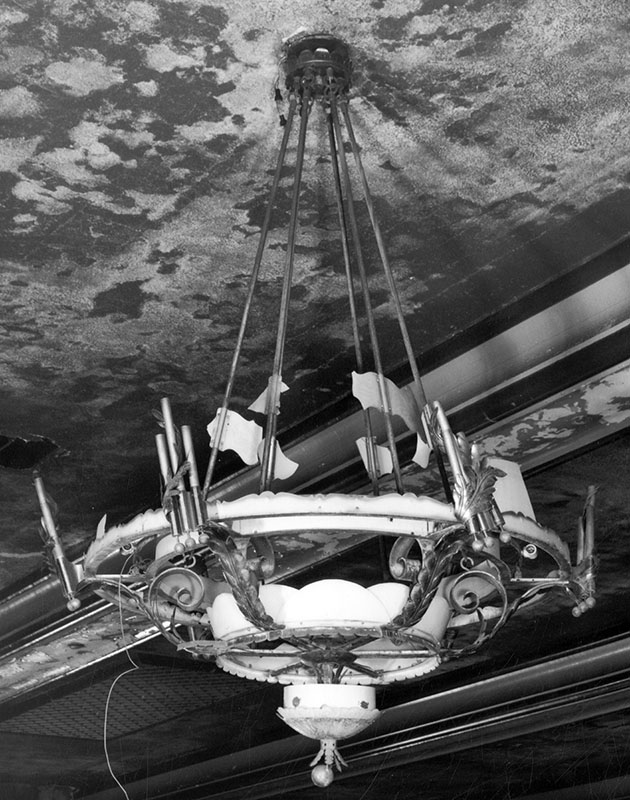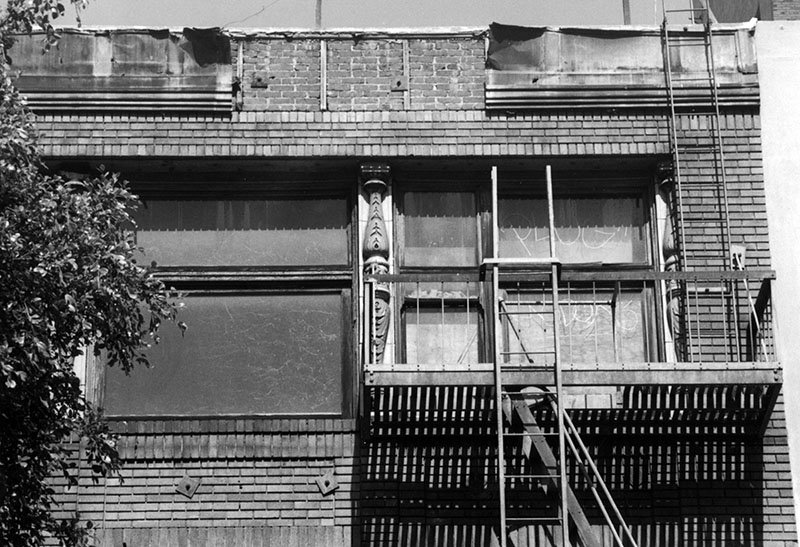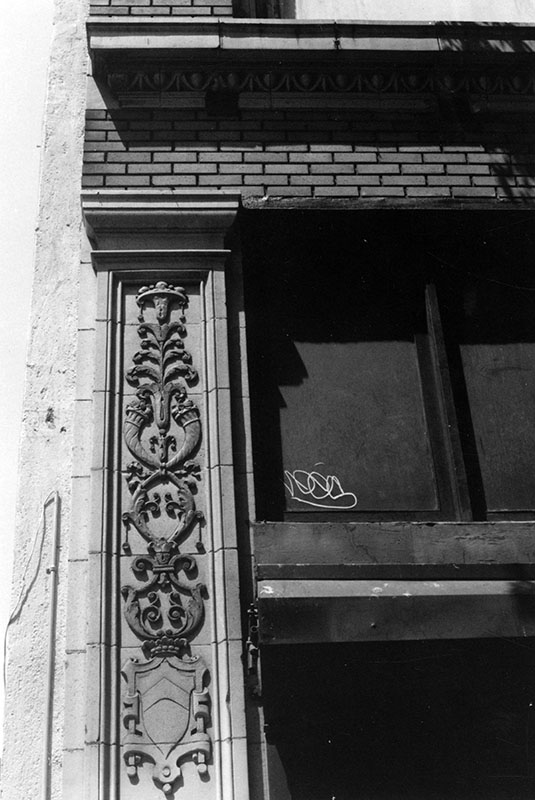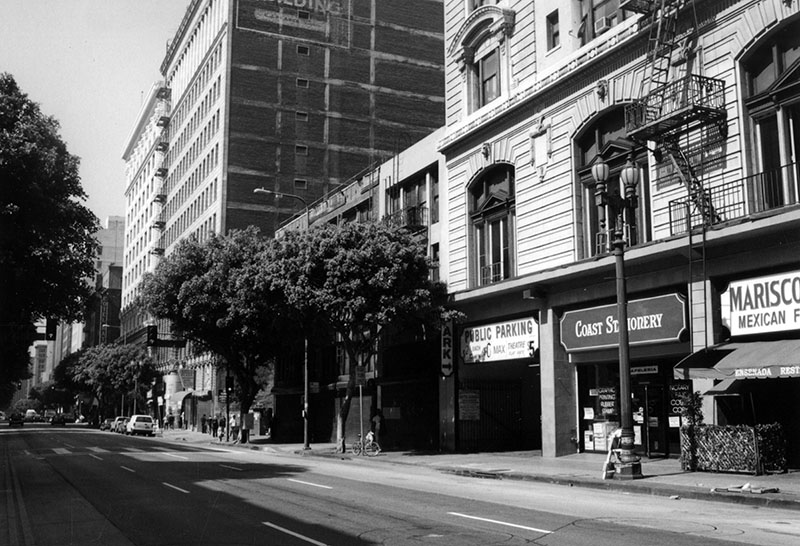Mention the word “industry” in Los Angeles and you’re liable to wind up talking about showbiz – studios, stars, grips, gaffers, and box office returns. Yes, entertainment is a major industry in L.A., but there is much more being created and sold in our city as showcased by the Industrial Los Angeles Collection of the photo archives of the Los Angeles Public Library. Founded by a grant from the John Randolph Haynes and Dora Haynes Foundation (the oldest private foundation in Los Angeles), this collection features photos of workplaces – the machines and the manpower – and captures the strength and beauty of L.A. at work.
NOTE: All photographs in this blog post are from the Industrial Los Angeles Collection; photographers and dates of photos are duly noted.
Symmetrical and sleek, this machine is a can washer at Walker Foods, Inc., sanitizing and preparing cans to be filled with salsa, vinegar, or other condiments.
Photographed in 2009 by Tom Zimmerman.
An employee of Robinson Helicopter Company in Torrance, California, carefully assembles the main rotor gearbox for the Robinson R44, the most-widely produced and best-selling general aviation helicopter produced today.
Photographed in 2009 by Gary Leonard.
Two women bag the fresh hot tortillas and tortilla chips made daily at La Fortaleza in East Los Angeles, a wholesale company that originated as a Mexican deli founded by Trinidad Garcia and Ramiro Ortiz.
Photographed in 2009 by Tom Zimmerman.
Meticulously organized, buttons of varying size, shape, and color are ready for use by the tailors at High Society, a shop in downtown L.A. offering professional clothing alterations, European tailoring, and custom-designed suits.
Photographed on July 13, 2009, by Cheryl Himmelstein.
Employees at Cosmos Food Co. are suited up and ready to make kimchi, a traditional Korean dish of cabbage and other vegetables.
Photographed in 2009 by Tom Zimmerman.
A candy maker carefully initials handmade chocolate candies created at John Kelly Chocolates, a chocolatier located in Hollywood.
Photographed in 2009 by Tom Zimmerman.
A conveyor belt extends to the horizon, carrying raw materials to be made into asphalt, concrete, and other construction and landscaping materials produced at Reliance Rock in Irwindale, California.
Photographed in 2009 by Gary Leonard.
A swirl of circles framed with straight lines, this photo displays food storage containers being manufactured at Impress USA, Inc. on Terminal Island.
Photographed in 2009 by Slobodan Dimitrov.
An employee utilizes care and precision while slicing fillets at State Fish Company, a processing plant started by brothers Sam, Jack, and Frank DeLuca in 1932.
Photographed in 2009 by Slobodan Dimitrov.
A dress designer partakes in the creative process at Dina Bar-El, a shop in downtown Los Angeles specializing in custom-designed evening gowns.
Photographed on July 14, 2009, by Cheryl Himmelstein.
With its layout of levers and pivots and valves, this control panel at a plant of the Sunlaw Energy Company (formerly located in Vernon, California) displays an ornate architecture.
Photographed in 2009 by Slobodan Dimitrov.
Bolts of fabric wait to be made into women’s clothing at Karen Kane, Inc., a clothing company headquartered in downtown Los Angeles and started by a graduate of L.A’s Fashion Institute of Design and Merchandising.
Photographed April 23, 2009, by Cheryl Himmelstein.
A craftsman at Coppa Woodworking, Inc. in San Pedro, California, carefully sands a circular wooden frame to be used as part of a door.
Photographed in 2009 by Slobodan Dimitrov.

